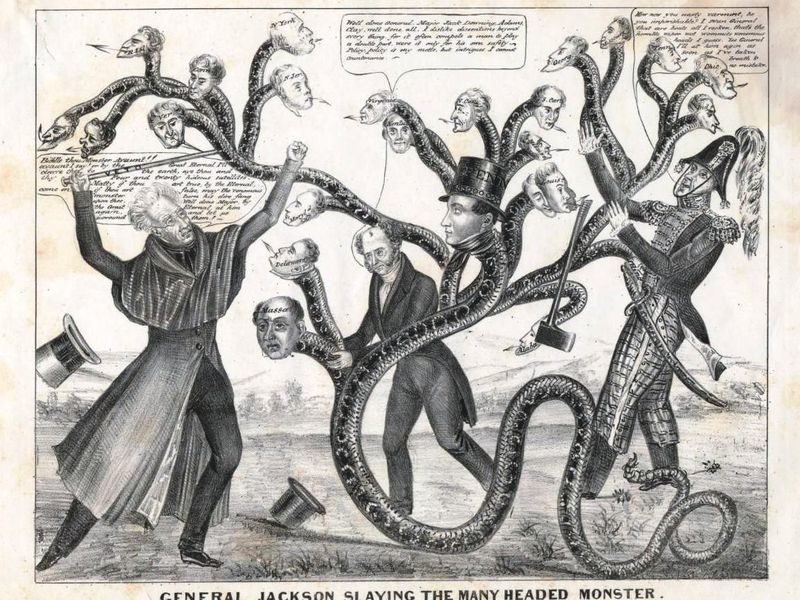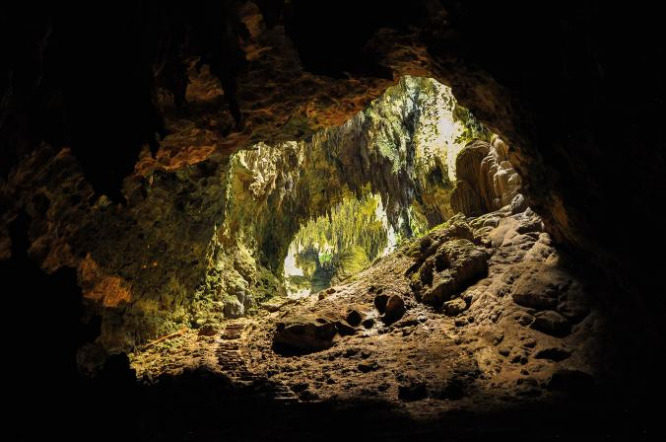OF THE
TIMES

A wage rate set above where it would be set by supply and demand in a freely competitive market tends to have at least two consequences: (1) an increase in the number of job applicants, due to the higher wage rate, and (2) a decrease in the number of workers actually hired, due to labor's having been made more expensive. ...
... there was no significant difference between the unemployment rates of black and white teenagers in 1948. The unemployment rate for black 16-year-old and 17-year-old males was 9.4 percent. For their white counterparts, the unemployment rate was 10.2 percent ... when there was no effective minimum wage.
After the effectiveness of the minimum wage law was restored by recurring minimum wage increases in later years, not only did teenage unemployment rates as a whole rise to multiples of what they had been in 1948, black teenage male unemployment rates became much higher than the unemployment rates for white teenage males - usually at least twice as high for most years from 1967 on into the twenty-first century.
Labor force participation rates tell much the same story. ... a rising minimum wage rate prices the younger blacks out of jobs first and to the greatest extent.
Unfortunately, when minimum wage laws reduce the employment prospects of inexperienced and unskilled black teenagers, that reduces their labor force participation, and therefore reduces their rate of acquisition of work experience and job skills.
...
Internationally, unemployment rates have been markedly lower in times and places where neither governments nor labor unions set most wage rates.
The official version of the effect and legacy of the British Empire as recorded in most history books paints a picture of philanthropy writ large across the globe. The reality of the methods used by the British to establish and maintain their 'overseas holdings' however are a lesson in true terrorism.See also:



Comment: The definition of conspiracy, according to Wiki, is as follows: Politically literate citizens judging much of what goes on in Western politics today, perhaps as a culmination of that which began centuries ago, know that vast conspiracies have been in play, and are evidently afoot (although to place the blame at the feet solely of the Masons would be naive), and so in our highly propagandized times the necessity for people to discern truth from lies has never been more important: